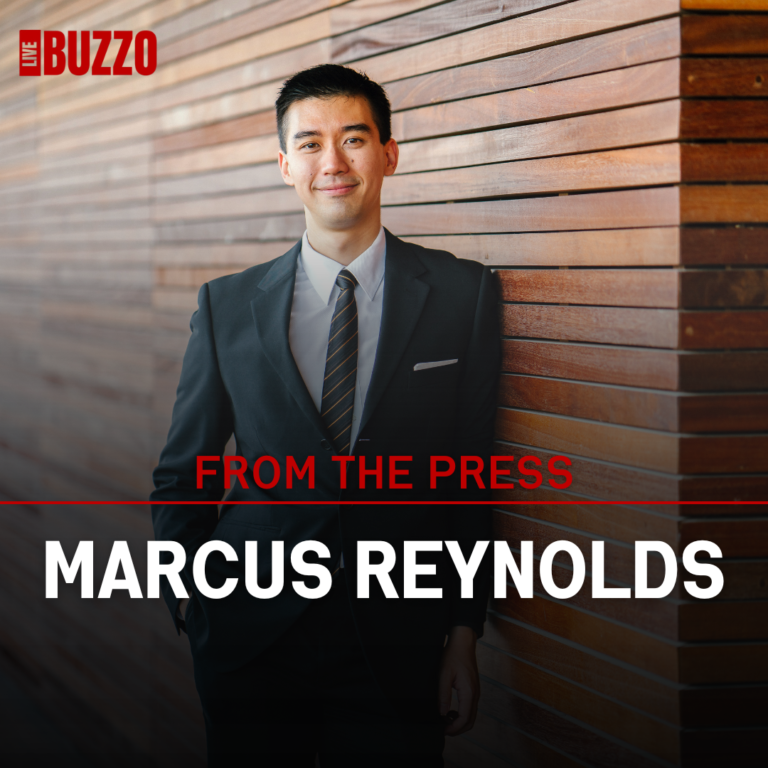In an age where information flows freely at the click of a button, the shadow of internet censorship looms larger than ever. As we witness an increasingly polarized political landscape, the stakes surrounding digital discourse have never been higher. This article delves into the nuances of internet censorship, examining its implications for free speech and democratic engagement.
Understanding Internet Censorship
At its core, internet censorship involves the suppression or regulation of content on the web by governments, organizations, or platforms. With more than half of the world’s population online, the need for balanced, fair regulation has become a pressing issue. While some advocate for restrictions to protect public safety and national security, others argue that such measures often infringe upon fundamental rights.
The Mechanisms Behind Censorship
Censorship can manifest in various forms, from blocking websites to filtering content on social media platforms. Governments may wield authority to impose sanctions on information deemed harmful or misleading, while tech companies may implement algorithms that favor certain narratives over others.
1. Government Censorship: Many countries employ stringent laws to control the flow of information. This often leads to the suppression of dissenting viewpoints and critical discussions, presenting a significant challenge to free speech.
2. Corporate Censorship: Social media platforms have their own rules and guidelines, which can sometimes result in the unjust removal of content that offends certain stakeholders. This behavior raises questions about who gets to define "acceptable" content.
The Broader Implications of Censorship
Erosion of Free Speech
Censorship doesn’t just shape what we see; it influences our very ability to express diverse opinions freely. A climate of fear where users hesitate to voice their thoughts can lead to the stifling of innovation, creativity, and open discourse, ultimately weakening democratic values.
Polarization of Public Discourse
When only certain narratives are amplified, the risk of increased polarization arises. Individuals may retreat into echo chambers, further entrenching their beliefs and reducing opportunities for constructive dialogue. As a centrist voice, I advocate for a balanced approach that embraces diverse perspectives, fostering fruitful discussions and mitigations of polarizing viewpoints.
Finding Solutions: A Call for Constructive Engagement
1. Promoting Media Literacy: Empowering users with education on recognizing credible sources can combat misinformation while enabling individuals to navigate the vast landscape of digital information responsibly.
2. Advocating for Transparency: Platforms should disclose their content moderation practices so users can understand how information is filtered and why. This transparency can help build trust and accountability.
3. Supporting Open Platforms: We must champion diverse platforms that uphold free speech, providing spaces for marginalized voices and fostering constructive discourse.
Conclusion
As we confront the daunting challenges posed by internet censorship, it’s crucial to prioritize pragmatic, evidence-based solutions that safeguard our democratic principles. By fostering dialogue, supporting diverse narratives, and advocating for transparency, we can work towards a more open and inclusive online environment.
In a world increasingly shadowed by censorship, the necessity for balanced discussions and a commitment to free expression remains paramount. Together, we can illuminate the path forward, ensuring that the digital landscape remains a space for all voices to be heard.


